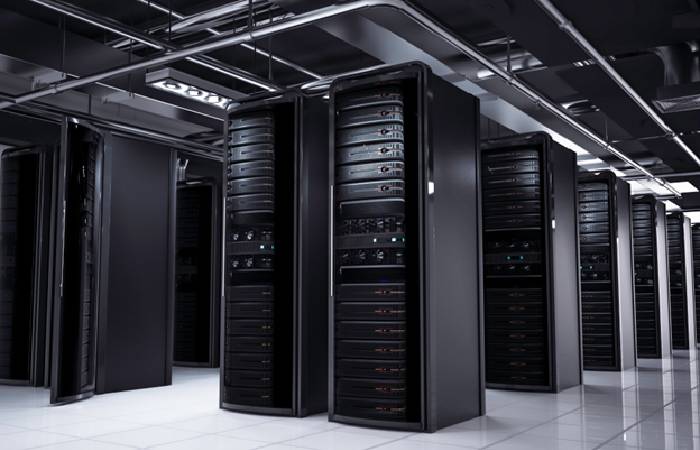Data warehouses are powerful tools that can be used to provide incredible insight into business operations. This guide shares types, pros and cons, and more.
Table of Contents
Unlocking the Power of Data Warehouses: A Guide
Data warehouses are the digital equivalent of physical stock warehouses. They store vast amounts of data and are typically used by businesses and large corporations.
A data warehouse stores historical data rather than live data feeds, and act as a library that can be accessed and analyzed. This analysis can then be used to understand the specifics of the operations within a business.
What Is A Data Warehouse?
Data warehouses are a fundamental aspect of business intelligence that integrates data from various sources to create a centralized database for analysis. These systems compare consolidated data from multiple sources, resulting in a better understanding of a company’s performance over any selected period of time.
The data kept within data warehouses is fixed and cannot be changed. Warehouses are created this way in order to provide a historical perspective. Each warehouse acts as the primary source for historical events analysis and identifying trends and patterns. Any and all data within a data warehouse needs to be securely stored, managed efficiently, and easily retrievable.
Typical Data Warehouse Structures
There are four typical architectures within data warehouses. Simple, Simple with a Staging Area, Hub and Spoke, and Sandboxes. Each serves a slightly different purpose.
Simple
Simple data warehouses are a common architecture with elements present in almost all data warehouses. They include a central repository containing metadata, summarized information, and raw data. The repository serves as a hub, receiving data from various sources and providing access to end users for analysis, reporting, and data mining.
Simple With A Staging Area
An extension of the simple architecture, the simple with a staging area data warehouse provides a staging area where data can be cleaned and processed before it is added to the warehouse. This is a necessary stage of the process, and while it can be completed programmatically, including a staging area simplifies the data preparation process.
Hub And Spoke
Taking its name from the wheels made up of a hub and spokes, the hub and spoke data warehouse adds marts that sit between the central repository and the end users accessing the data. This enables the data warehouse owner to customize the warehouse so it works best for the various facets of the business. When cleaned and processed, the data is transported to the mart that is best suited.
Sandboxes
Data warehouses have requirements of protocol and come with a series of rules that must be conformed to and complied with. Sandboxes do now. These are completely secure, private, and safe zones that enable companies to investigate their data in an informal way without the limitations a more public warehouse might have.

Pros And Cons Of Data Warehouses
When using a data warehouse, the aim is to outsmart and out-game competitors. Accessing the correct data in the right way gives your business valuable insight that other competitors may not have access to. Used correctly, data warehouses can inform, educate, and develop a business. They are, however, time consumers that require a large number of resources and energy.
There are a number of pros to using data warehouses:
- All company data is stored within a historical archive for future use.
- Multiple departments across the business can access the data in ways that best suit them.
- The analytical potential of using the data is vastly important for future decisions.
There are, however, reasons data warehouses can be frustrating for businesses:
- The creation and maintenance of a warehouse requires a huge amount of investment, in time, resources, and finances.
- The warehouse is only viable if data is inputted correctly. Errors reduce the effectiveness of the data warehouse substantially.
- When multiple sources are used to feed into the same warehouse inconsistencies can cause issues within the data.
Key Takeaways
Data warehouses can be extremely powerful in the right hands, shaping and informing future decisions for the benefit of the business and its employees. They are, however, resource intense systems that require a diligent approach.
- There are various architectures of data warehouses depending on the data and access requirements.
- Analyzing historical data held within a warehouse can provide valuable insight into the decision-making process.

